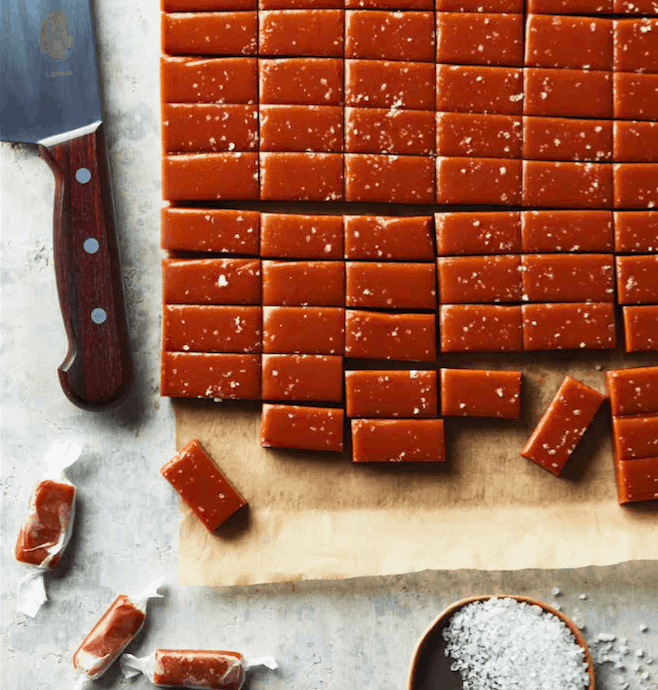There’s more to Austria than crisp whites.
WITH A GLASS OF A LIGHT, BERRYFORWARD and thoroughly delicious red wine in my hand, I gaze out over the town of Deutsch Schützen in the Eisenberg sub-region of Burgenland while the winemaker describes where we are…and why. Burgenland is unique in the country. Here the red grape reigns, claiming just over half of the 12,000 hectares under vine.
To the east and south, Hungary is just a few stone throws away, offering a pretty view of tiny hamlets and plains, but it’s here on the hillside where the magic happens. That southeast aspect is key, but it’s also the iron-rich schist that makes the Eisenberg famous for Blaufränkisch. Here, it is reputed, the red grape yields wines of exceptional elegance and minerality. I would agree.
Burgenland’s varied soils, slopes, elevations and aspects create unique mesoclimates that vary tremendously even among adjacent villages. This makes for an exciting variety of styles, from the mineral-driven Eisenberg reds to the fruitier and spicy Blaufränkisch from Mittelburgenland.
Even Zweigelt — I confess, not my favourite — attains a respectable level of poise and balance in the sub-regions of Rosalia and Neusiedlersee. The latter also produces sweet wine blends, some of which develop botrytis due to the proximity to Lake Neusiedl, a steppe lake straddling the Hungarian border. The sub-region of Leithaberg — with mountains to the west and the lake to the east — makes a strong showing with Pinot Blanc and Chardonnay and, of course, Blaufränkisch.
Most of these wines are still rare in the Canadian market — but definitely worth some sleuthing. Quality is extremely high and, comparatively, prices low…for now.
— Dick Snyder





